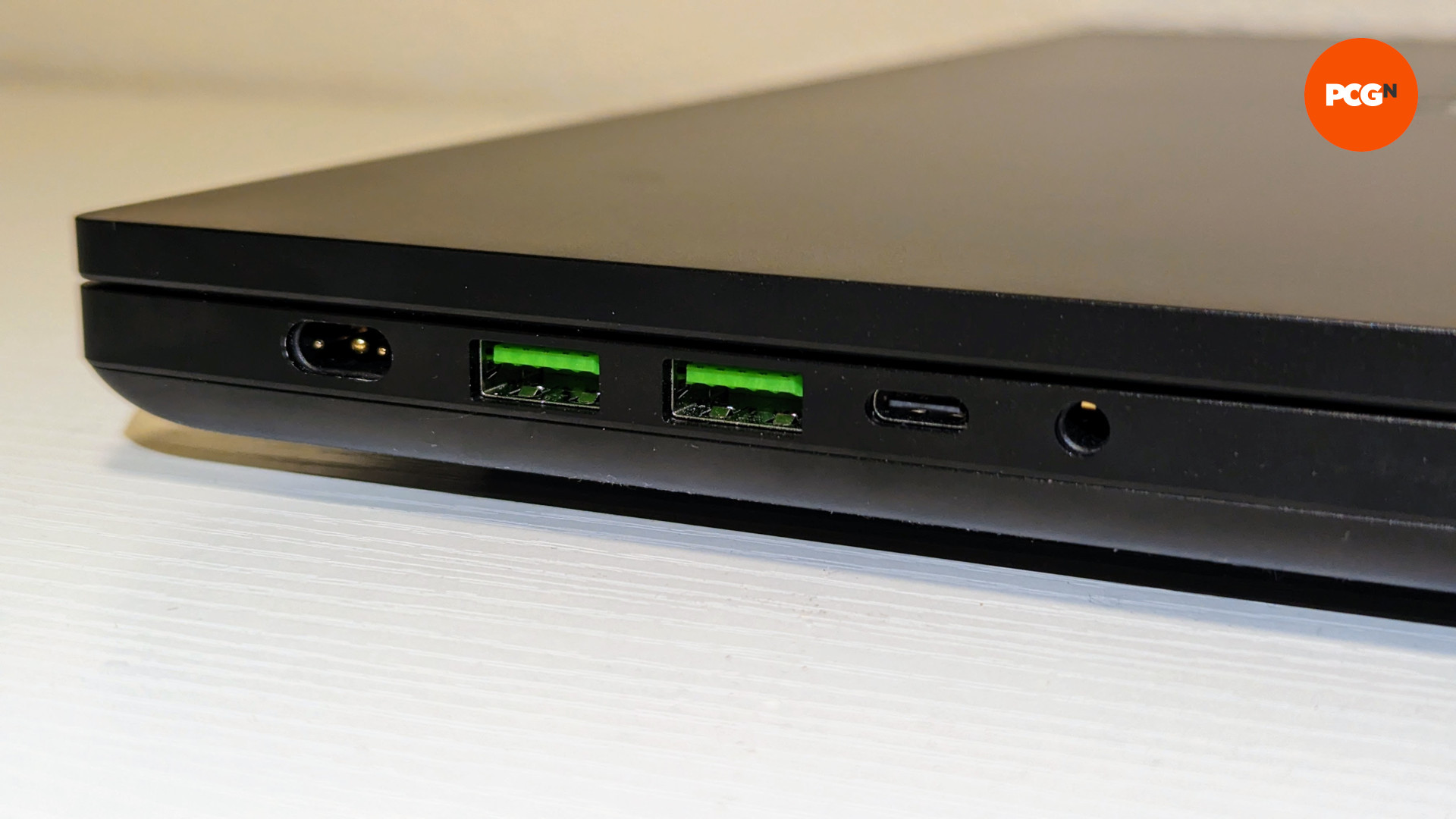The Difficulty Of Automating Nike Sneaker Manufacturing

Table of Contents
The Complexity of Sneaker Design and Construction
Nike sneakers, especially high-performance models, are marvels of engineering and design. Their creation involves a surprisingly intricate process that presents significant challenges for automated production. The complexity stems from several key factors: the variety of materials used, the precision required in assembly, and the intricacy of the designs themselves. Consider the diverse materials involved—leather, synthetics, textiles, rubber—each with unique properties that require specialized handling.
- Diverse materials necessitate adaptable robotic systems. Robots need to be capable of manipulating a wide range of materials with varying flexibility and textures. This requires sophisticated sensors and grippers.
- Intricate stitching patterns require dexterity beyond current robotic capabilities. Many Nike sneaker designs feature complex stitching patterns that demand a level of precision and dexterity that current robotic arms struggle to match. The subtle variations in tension and stitch length contribute significantly to the final product’s comfort and durability.
- Handmade components often require human skill and judgment. Some components, such as intricate embroidery or unique decorative elements, often require the skilled touch of a human craftsperson. Replicating this level of artistry with automation remains a significant challenge.
- Variations in shoe size and width complicate automated assembly. The wide range of shoe sizes and widths necessitates flexible automation capable of adjusting to these variations during assembly. This adds complexity to the manufacturing process and increases the difficulty of implementing a fully automated system.
The High Cost and Low Return on Investment (ROI) of Automation
Implementing advanced robotics and AI systems for sneaker manufacturing is a costly undertaking. The initial investment in robotics, specialized equipment, and sophisticated software is substantial. Furthermore, the return on this investment (ROI) may be slow due to the complexity of the process and the inherent challenges of automation in this specific sector of manufacturing.
- High initial costs for robotic systems and software. The price of industrial robots capable of the required precision and dexterity is significant, and the software required to control and program them adds considerable expense.
- Need for skilled technicians for maintenance and programming. Automated systems require specialized technicians for maintenance, programming, and troubleshooting. This ongoing cost contributes to the overall expense of automation.
- Potential for downtime and repair costs. Robotic systems, like any complex machinery, are prone to downtime due to malfunctions or the need for repairs. This downtime can disrupt production and incur additional costs.
- The cost-effectiveness may be limited given the prevalence of relatively low-cost labor in some regions. In regions with lower labor costs, the economic incentive to fully automate sneaker manufacturing may be less compelling compared to industries where labor costs are significantly higher.
The Need for Dexterity and Adaptability in Sneaker Manufacturing
One of the most significant barriers to fully automated Nike sneaker manufacturing is the need for dexterity and adaptability. Current robotic technology, while impressive, still struggles with the fine motor skills required for tasks like intricate stitching, gluing, and handling delicate materials. Sneaker production necessitates flexible automation capable of adapting to various designs and materials—a challenge that continues to be a major area of research and development.
- Lack of sufficient dexterity in existing robotic arms. Many tasks in sneaker production, such as precisely placing glue or threading needles, require a level of dexterity beyond the capabilities of current robotic arms.
- Challenges in handling various materials and textures. The range of materials used in Nike sneakers (leather, synthetics, textiles) presents a challenge for robotic grippers and manipulators. Adapting to different textures and material properties is crucial for successful automation.
- Limited ability to adapt to design variations. Nike regularly introduces new designs and variations, requiring adaptable automation systems capable of handling these changes without significant reprogramming or retooling.
- The need for further research into advanced AI and adaptive robotics. Significant breakthroughs in artificial intelligence and adaptive robotics are needed to overcome the dexterity and adaptability limitations of current technology. This includes advancements in areas such as computer vision, machine learning, and soft robotics.
Maintaining Quality and Consistency in Automated Sneaker Manufacturing
Maintaining consistent quality across automated production lines is paramount for Nike. Implementing robust quality control measures and automated inspection systems is essential but challenging in the context of intricate sneaker manufacturing. Even subtle defects can impact the performance, durability, and overall aesthetic appeal of the finished product.
- The difficulty in detecting subtle defects automatically. Automated inspection systems need to be able to identify even minor imperfections, such as inconsistencies in stitching or glue application. This requires advanced computer vision and AI algorithms.
- The need for advanced computer vision and AI for inspection. Sophisticated computer vision systems combined with AI algorithms are needed to analyze images and identify defects with high accuracy and consistency.
- Ensuring consistent pressure and stitching quality in automated processes. Maintaining consistent pressure and stitch quality during automated stitching is critical for both quality and durability. This requires precise control of robotic actuators and sophisticated feedback mechanisms.
- The importance of human oversight to maintain quality standards. Despite advancements in automated inspection, human oversight will likely remain essential to ensure high quality standards and address unusual situations.
Conclusion
While advancements in robotics and AI offer promising avenues for automating aspects of Nike sneaker manufacturing, complete automation remains a significant challenge. The complexity of sneaker designs, the high costs associated with automation, and the need for advanced dexterity and adaptable systems all contribute to this difficulty. Further research and development are crucial to overcome these hurdles. However, a complete shift to fully automated Nike sneaker manufacturing is unlikely in the near future. The human element, at least in part, will likely remain essential for the foreseeable future. To learn more about the intricacies of Nike sneaker manufacturing and the ongoing challenges of automation, explore related industry research and publications.

Featured Posts
-
 Open Ai Simplifies Voice Assistant Development 2024 Event Highlights
Apr 22, 2025
Open Ai Simplifies Voice Assistant Development 2024 Event Highlights
Apr 22, 2025 -
 Fsu Security Breach Swift Police Response Fails To Quell Student Fears
Apr 22, 2025
Fsu Security Breach Swift Police Response Fails To Quell Student Fears
Apr 22, 2025 -
 World Reacts To Death Of Pope Francis At 88
Apr 22, 2025
World Reacts To Death Of Pope Francis At 88
Apr 22, 2025 -
 Razer Blade 16 2025 Deep Dive Ultra Performance Portability And Price
Apr 22, 2025
Razer Blade 16 2025 Deep Dive Ultra Performance Portability And Price
Apr 22, 2025 -
 The Growing Pressure To Break Up Google Antitrust Concerns And The Future
Apr 22, 2025
The Growing Pressure To Break Up Google Antitrust Concerns And The Future
Apr 22, 2025
